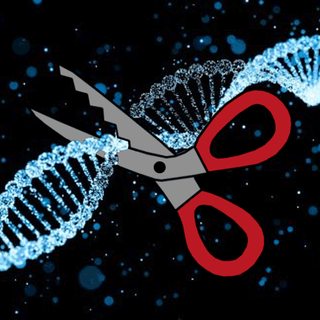First they bioengineered plants to turn different colors in response to indoor air pollution. Now, scientists have taken ivy, taken a rabbit, waved a magic wand, and voila — made a part-rabbit house plant that’s roughly as efficient at cleaning air as a commercial air filter.
Just kidding — they didn’t wave a magic wand. They took a gene from a rabbit and added it into the ivy’s genome. The particular gene, CYP2E1, is responsible for producing an enzyme that can break down a variety of volatile organic pollutants common to the home. CYP2E1 is found in all mammals, and it’s unclear why they took it from rabbits, except that it would be abundantly scarier if they took it from, say, a bear. Regardless, a single, part-bunny, all-unnatural plant was able to entirely purify benzene and chloroform gas from inside vacuum-sealed vials, within eight days. (Within three days, the concentrations of these two common indoor air pollutants dropped dramatically.)
This could be revolutionary, and not in the ‘uprising of the hybrid mammal-plants’ kind of way. The researchers estimated that, while traditional plants can remove some indoor air pollutants, they are not super efficient: It would take more than 20 house plants to remove typical levels of formaldehyde — a common indoor air pollutant — from a single room. It would take far fewer of these new, bioengineered plants to do the same, in theory. And the research team is currently working on proving it thoroughly in practice. While you won’t find rabbit-ivy air filters on the shelves (or in pots) any time soon, it’s nice to know they’ll be coming (for us) soon.




